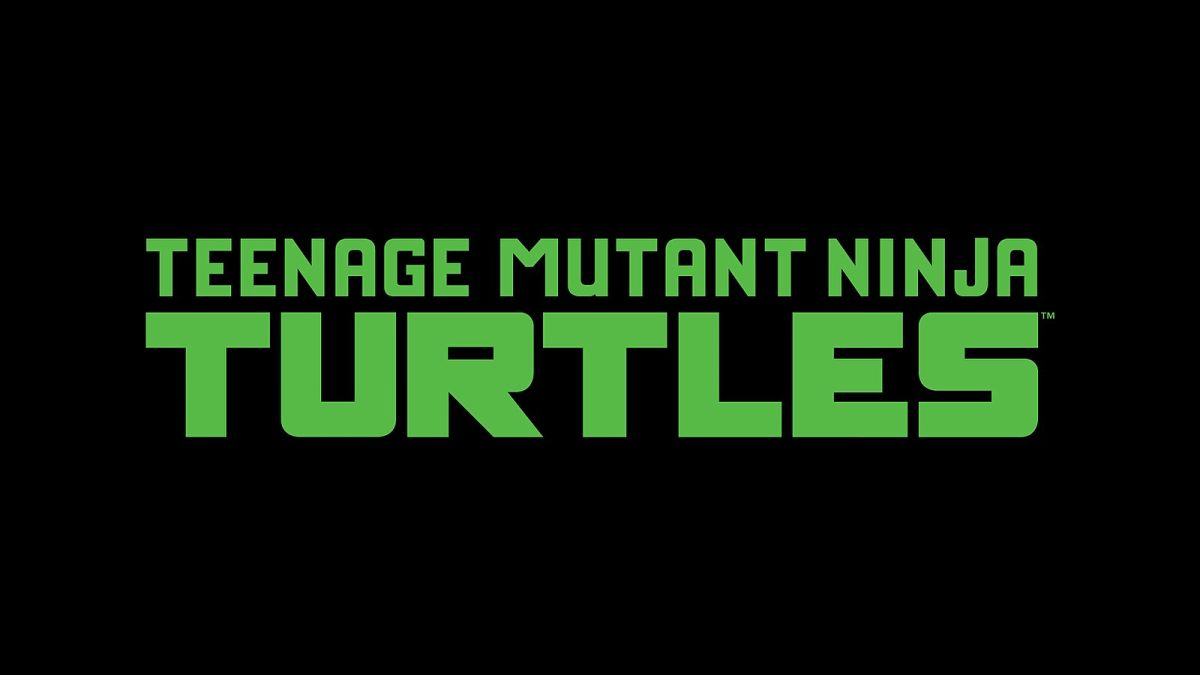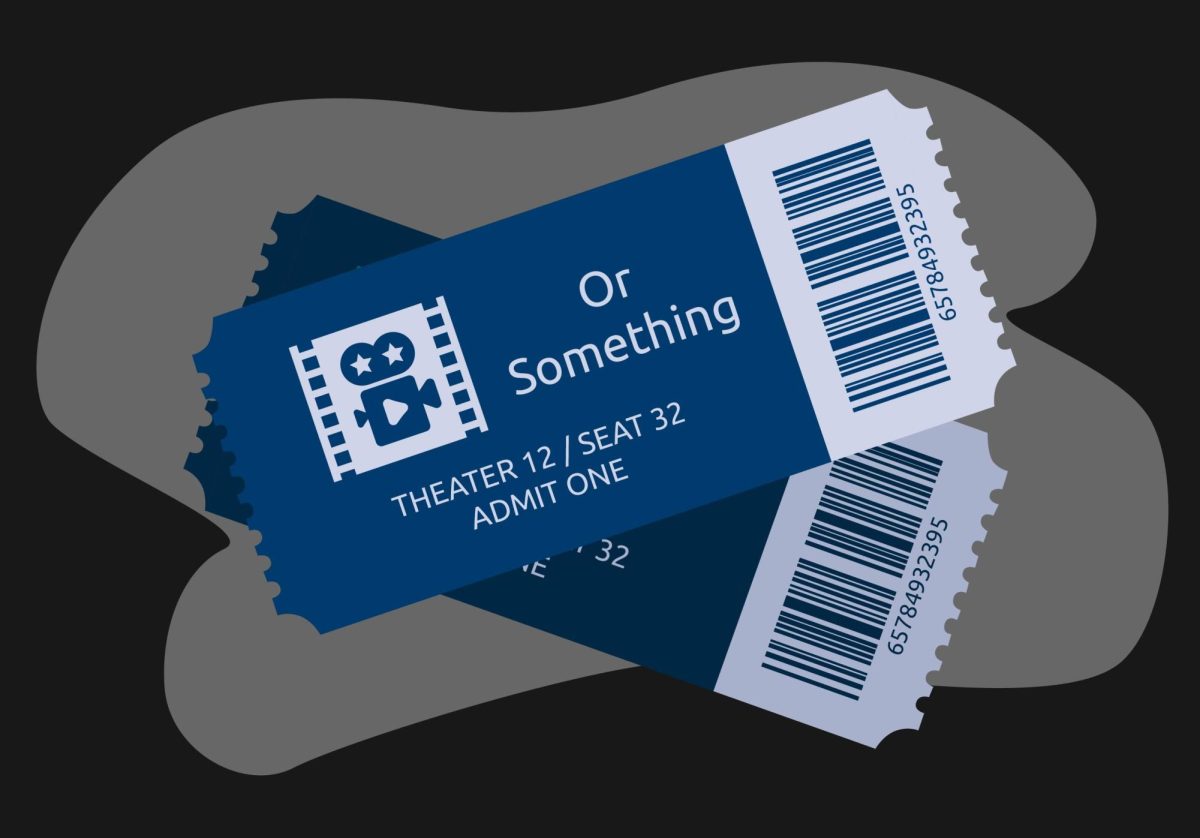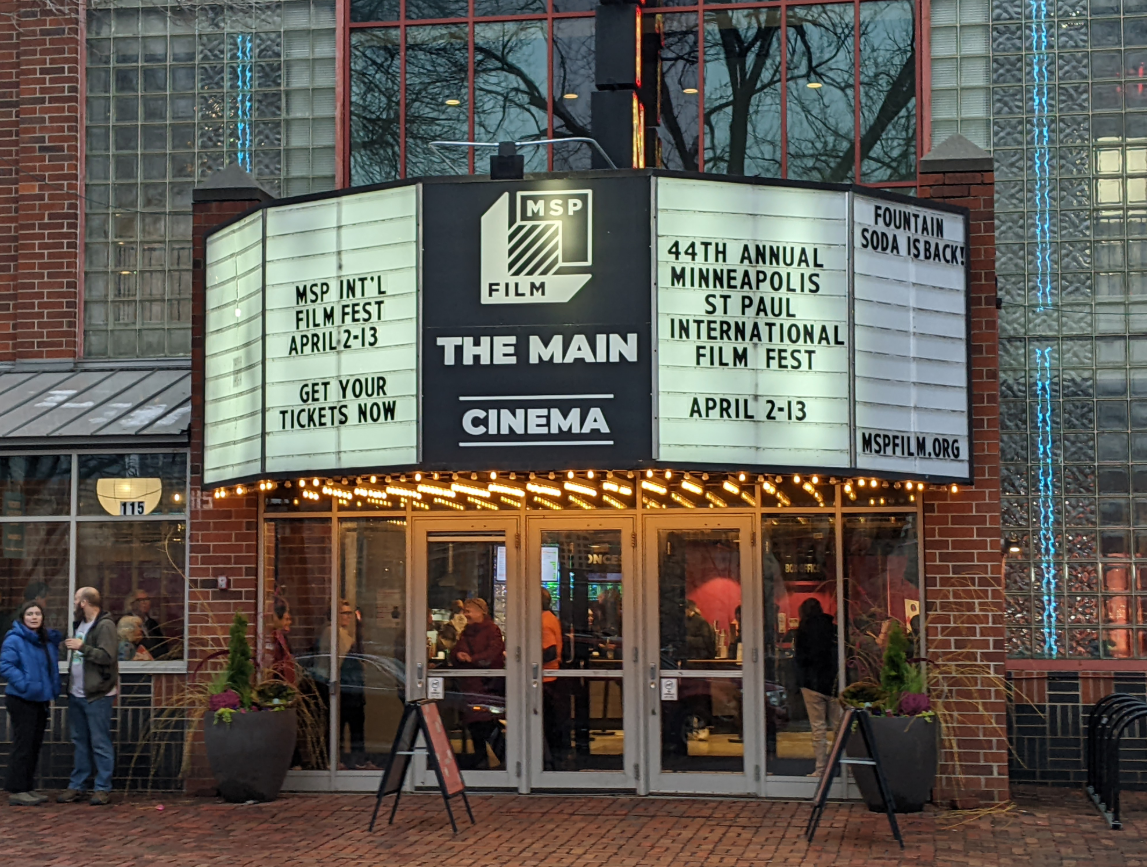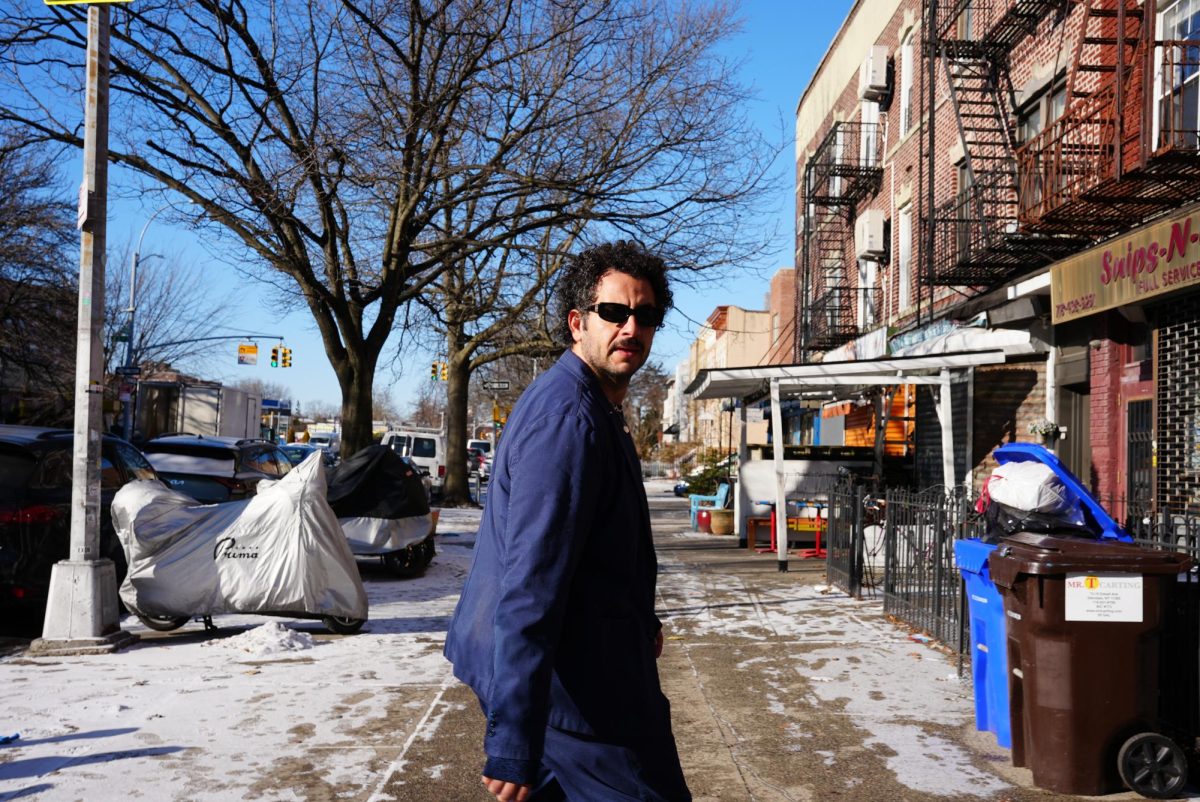While “Teenage Mutant Ninja Turtles: Mutant Mayhem” came out Aug. 2, it was recently made available for streaming on Paramount+ on Sept. 19. This movie, along with the entire Teenage Mutant Ninja Turtles (TMNT) brand, has reached multiple generations because of the franchise’s top-tier soundtracks, slapstick humor and many references to popular culture both now and in the 1990s.
The Soundtrack
While watching this movie, I could not help but dance along to all the music being played. I also felt a strong sense of nostalgia for my childhood, as so much of the music in the movie resembled what my family grew up playing around me.
There is an action montage in the movie with “No Diggity” by Blackstreet and Dr. Dre playing in the background. Most action montages include high-energy music, not the chill hip-hop beat of “No Diggity.” It is different, but it works well.
The 1990s hip-hop sound seems intentional for two reasons. The first is that 2023 marks the 50th anniversary of hip-hop music, and the second is that the TMNT television series and original movies came out in the late 1980s and early 1990s. The composers of the movie’s soundtrack seemed to want to pay homage to the era that brought the world of TMNT.
In “Mutant Mayhem,” the music seems targeted at an older audience that likely knows the sounds of ‘90s hip-hop. There is one part of the movie where the character SuperFly (played by Ice Cube) says, “6’N in the morning, cops at my door…” in the same rhythm as the song “Boyz-N-The Hood’ by Eazy-E. If the reference isn’t clear, Ice Cube, Eazy-E and their group N.W.A are a major part of hip-hop history.
Humor and Animation
Animated movies are typically targeted at younger audiences, but creators often throw in subtle moments for the older people watching the movie as well. This movie is no different, with a nice mixture of physical and childish humor that will make children laugh.
For example, there are many scenes where characters get hit in the head or fall and make a funny face. There is also a scene where the turtles make fun of the fact that Leonardo’s name, separated, is “Leo Nardo.” The turtles think the name Nardo is funny and spend at least a minute making fun of him for it. There is no explanation as to why it is funny, it just is. I feel like that is an accurate representation of children’s humor.
Throughout the movie, pieces of Gen Z humor are woven into the way the teenage characters talk. At times, it is a bit cringey because of the amount of Gen Z slang used in a single scene, but it is accurate nonetheless.
References to Popular Culture
I could not get over the small references in this movie. There are too many to dive into them all, but I can focus on two I appreciated. The first is about the revival of anime culture happening at the moment. They make Donatello an anime fan and reference “Attack on Titan,” a specific anime. I think it is especially interesting because the 1990s were when anime started to capture an American audience.
Referring back to the late 1980s and early 1990s, the character SuperFly’s name references 1990s slang, as “fly” was often used as a synonym for the word “cool.” On top of that, they gave SuperFly a Jheri curl, a hairstyle similar to a perm but with curl rods added to give the hair waves. This hairstyle was very popular amongst African Americans in the 1980s and early 1990s. This precisely detailed allusion made me smile during the movie.
April O’Neil and The Message of the Movie
Recurring TMNT character April O’Neil is usually portrayed as a white, red-headed girl who hangs out with the turtles. However, in this iteration, she is a Black girl with red locs. She is still a journalist who wants to report on the turtles and the series of crimes happening in New York City. April has a similar character arc to the turtles in this movie, all of them realizing they have been trying to catch SuperFly for the wrong reason.
In the 2014 and 2016 TMNT films, April was played by Megan Fox and had a very different backstory from the previous films. These two movies were more inspired by the original movie rather than being directly based on them.
While her race is not essential to her character in the franchise, in this movie, April being Black made things a bit more impactful for me.
*Possible Spoiler Alert*
Toward the end of the movie, the news portrays all of the turtles as monsters trying to destroy the city, even though they are actually trying to save it. The turtles see the news broadcast and are hurt that humans will only ever see them as monsters.
April, their only human ally in this movie, refuses to let the news paint her friends as the bad guys. She goes on television and tells the truth, as she has been reporting on them throughout the film and knows them better than anyone.
It is plausible that April does this because her classmates picked on her and cast her out for embarrassing herself on camera, and she didn’t want the turtles to continue to be outcasts as well. Additionally, she and the turtles had bonded throughout the movie, so it makes sense that she wants to defend them.
However, there are always many ways to interpret a piece of art. For me, April doing this while being a Black character made me think that she did it because she knew what it was like to be painted as a villain all the time, no matter what you do.
Historically, Black people in the United States have been portrayed negatively in the media and typically have their stories mistold by those who shape media narratives. While race is not something that explicitly comes up in this movie, I feel that making April a Black person automatically gives her character the knowledge of what it is like to constantly be misrepresented in the media.
I could be thinking about this movie too much, but it is art. Everyone has their own interpretation.
“Teenage Mutant Ninja Turtles: Mutant Mayhem” is a modern spin on an old classic but makes sure that all generations of people who have enjoyed the franchise in the past can continue to enjoy it now.








